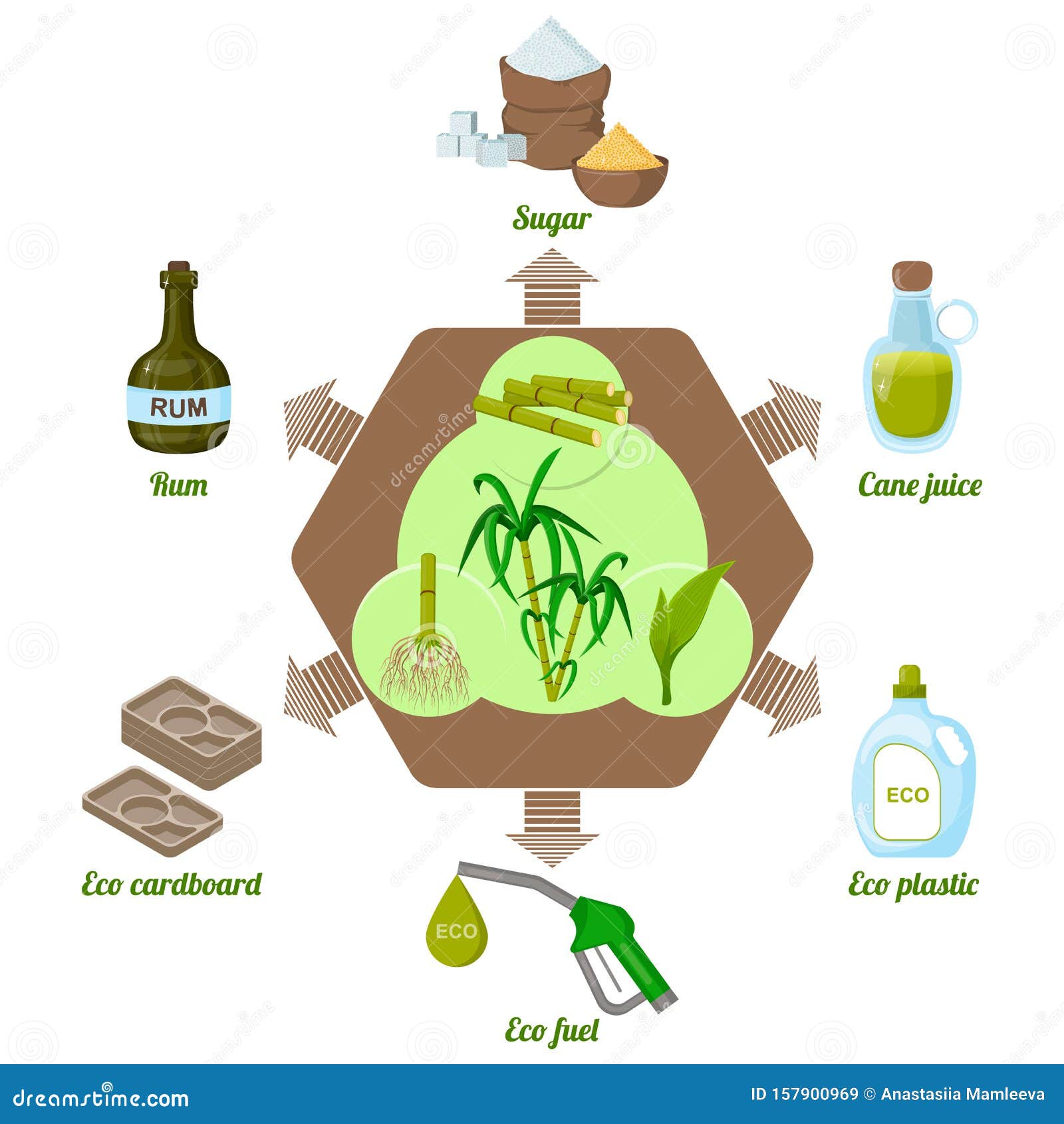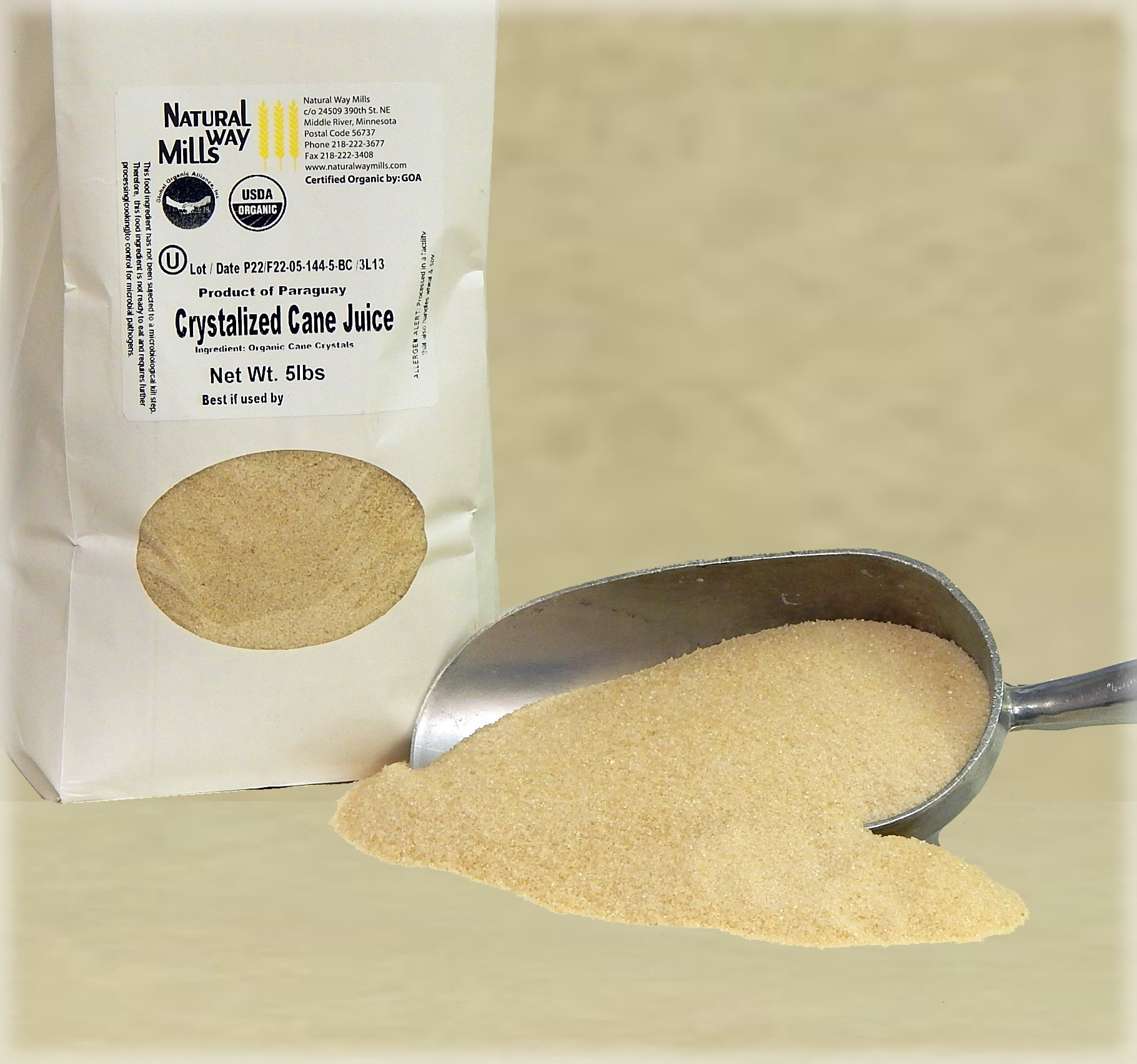How sugar cane products Support a More Sustainable Global Economy
A Deep Study Sugar Cane: Insights on Production, Supplies, and Item Growth
Sugar cane plays an important duty in agriculture, underpinning economies in exotic regions. Its growing entails intricate procedures affected by numerous environmental elements. Growers encounter substantial obstacles, consisting of climate adjustment and market variations. Technologies in product development are emerging in feedback to progressing consumer demands. Understanding these dynamics is necessary for comprehending the future of this vital plant and its impact on global markets. What lies ahead for sugar cane and its myriad applications?
The Value of Sugar Cane in Global Farming
Sugar cane works as a vital crop in worldwide agriculture, underpinning economic climates and food systems in lots of exotic regions. This functional plant is mainly cultivated for its high sucrose material, which is improved into sugar, an essential active ingredient in plenty of food. Beyond sweetening, sugar cane is additionally crucial for producing biofuels, especially ethanol, contributing to energy sustainability.The financial importance of sugar cane includes employment, providing livelihoods for numerous farmers and workers in handling facilities. In numerous countries, sugar cane cultivation and handling represent substantial sections of farming GDP, affecting profession equilibriums and local development.Additionally, sugar cane's versatility to numerous climates boosts its relevance as a crop, ensuring regular supply in international markets. Its byproducts, including molasses and bagasse, further diversify its utility, making it an essential component in food, energy, and sector. Generally, sugar cane remains a cornerstone of farming performance worldwide.
Cultivation Procedures: From Growing to Harvest
Growing sugar cane involves a series of distinct procedures that assure perfect growth and yield. The growing starts with land prep work, where the dirt is tilled to secure optimal aeration and drainage. Following this, seed cane, which includes mature stalks, is selected and cut into sectors (sugar cane products). These sectors are then planted in furrows, making sure proper spacing to enable sunlight and nutrient access.Once planted, watering systems are utilized to keep adequate wetness levels, as sugar cane flourishes in damp conditions. Weeding and insect monitoring are essential during the expanding period to decrease competition for sources. Nutrient application, including fertilizers, sustains robust development. As the plants develop, keeping track of for diseases and insects continues.Harvesting typically takes place 10 to 24 months post-planting, depending upon the selection. The walking canes are cut close to the ground, guaranteeing very little waste, and are rapidly delivered for refining to protect sugar high quality
Geographic Distribution of Sugar Cane Production
The geographic circulation of sugar cane production is mostly formed by details environment and dirt demands. Major creating countries, such as Brazil, India, and China, gain from tropical and subtropical climates that support the plant's growth. Comprehending these factors supplies insight into the international landscape of sugar cane growing.
Significant Producing Countries
Sugar cane is grown in different regions worldwide, specific countries dominate production due to positive climates and agricultural techniques - sugar cane products. Brazil leads the international market, representing about one-third of complete production, thanks to its substantial plantations and progressed cultivation methods. India follows as a considerable producer, profiting from both positive weather and a big residential market. China and Thailand likewise rank amongst the leading producers, with reputable frameworks supporting their sugar sectors. Various other remarkable factors include the USA, Mexico, and Australia, each leveraging their unique farming systems to improve result. These countries play an essential duty in the sugar cane supply chain, influencing worldwide prices and accessibility
Environment and Dirt Requirements
Suitable climate and dirt conditions are crucial for effective sugar cane production. Sugar cane grows in tropical and subtropical areas, requiring cozy temperature levels in between 20 ° C and 30 ° C (68 ° F to 86 ° F) These plants need abundant sunshine and rains, ideally in between 1,500 to 2,500 millimeters annually, to ensure peak growth. The dirt should be well-drained, abundant, and abundant in raw material, with a pH level ideally in between 5.5 and 8.5. Sandy loam or clay loam dirts are especially for sugar cane cultivation, giving essential nutrients and drainage. Geographic distribution is mostly influenced by these elements, with significant production locations located in Brazil, India, and China, where environmental problems align with the plant's requirements for development and yield.

Obstacles Dealt With by Sugar Cane Growers
Sugar cane cultivators encounter considerable difficulties that influence their livelihoods. Environment modification presents unpredictable climate patterns, impacting crop return and top quality. Furthermore, market price volatility creates financial find out unpredictability, complicating long-lasting preparation for these agricultural producers.
Climate Adjustment Impacts

Exactly how do environment modification impacts affect the viability of sugar cane growing? Increasing temperature levels and erratic weather condition patterns especially test sugar cane growers. Raised warm can cause reduced yields, as the plants battle to thrive in severe problems. Furthermore, altered rains patterns lead to either droughts or extreme flooding, both detrimental to plant wellness. Parasites and conditions are most likely to proliferate in warmer environments, even more threatening production. Soil destruction and salinization due to climbing sea degrees can lessen arable land. These weather adjustments oblige growers to adapt their practices, commonly calling for financial investment in brand-new technologies and resilient plant selections. Eventually, the sustainability of sugar cane cultivation depends upon attending to these climate tests properly.

Market Cost Volatility
Market value volatility offers considerable obstacles for sugar cane growers, affecting their financial security and planning. Variations in market value, driven by variables such as worldwide supply and demand, climate condition, and government plans, create uncertainty for manufacturers. This unpredictability makes it tough for farmers to forecast incomes and handle business expenses successfully. Furthermore, when costs drop unexpectedly, numerous farmers might have a hard time to cover production expenses, causing potential monetary distress. To minimize these threats, some farmers turn to agreements or hedging strategies, yet these remedies might not be available to all. Market price volatility continues to be a consistent issue, influencing the overall sustainability and success of sugar cane farming.
Understanding the Sugar Cane Supply Chain

Market Trends Influencing Sugar Cane Prices
The dynamics of sugar cane rates are influenced by a range of market patterns that show more comprehensive economic problems and customer habits. International demand for sugar and sugar-related products plays a crucial duty, with boosting rate of interest in organic and sustainably sourced items driving rates higher. In addition, changes in oil rates impact the price of production and transport, further affecting market prices. Weather patterns are an additional substantial variable; damaging problems can lead to reduced returns and enhanced prices. Profession plans, tariffs, and international agreements also shape the market landscape, affecting supply chains and accessibility. Money exchange prices can complicate worldwide trade, impacting costs for both merchants and importers. Changes in consumer choices towards much healthier choices might alter need patterns, developing a surge result on sugar cane prices. sugar cane products. Understanding these interconnected fads is vital for stakeholders in the sugar sector.
Developments in Sugar Cane Product Advancement
Various technologies in sugar cane item growth are improving the industry and expanding its applications. Researchers are discovering alternative usages past typical sugar, consisting of biofuels, eco-friendly plastics, and wellness supplements. Breakthroughs in chemical processing techniques have improved the extraction of important compounds such as anti-oxidants and vitamins from sugar cane, advertising its usage in practical foods.Additionally, the development of genetically customized sugar cane ranges intends to enhance return and resistance to insects, while additionally boosting the dietary account of the plant. Advancements in fermentation processes have actually brought about the production of top notch alcohols obtained from sugar cane, attracting an expanding market for craft spirits.Moreover, lasting techniques in growing and processing are obtaining my review here traction, with a focus on reducing environmental effects. These improvements not only develop new market chances yet additionally foster an even more sustainable technique to sugar cane Continue production, lining up with global trends in the direction of environmentally friendly items.
Regularly Asked Questions
What Are the Ecological Impacts of Sugar Cane Farming?
The ecological influences of sugar cane farming include deforestation, loss of biodiversity, water pollution from plant foods and chemicals, dirt destruction, and greenhouse gas exhausts, all of which significantly add to eco-friendly inequalities and climate adjustment.
Exactly How Does Sugar Cane Growing Affect Local Economies?
Sugar cane farming greatly affects local economies by producing jobs, boosting farming markets, and creating revenue for farmers. It can additionally lead to financial reliance and changes based on market demands and ecological conditions.
What Are the Key Vermin and Diseases Affecting Sugar Cane?
The main insects influencing sugar cane consist of the sugarcane borer and aphids. Conditions such as red rot and smut significantly effect yield. Farmers need to carry out incorporated insect administration approaches to alleviate these dangers successfully.
Just How Is Sugar Cane Processed Into Different Products?
Sugar cane handling includes crushing the stalks to draw out juice, adhered to by clarification, dissipation, and crystallization. This process yields raw sugar, molasses, and ethanol, each serving distinctive purposes in different sectors, from food to power.
What Are the Nutritional Aspects of Sugar Cane?
The nutritional facets of sugar cane include crucial vitamins and minerals, specifically B vitamins, calcium, and iron. It additionally consists of fiber, though primarily composed of sucrose, which supplies power yet lacks considerable nutrients.